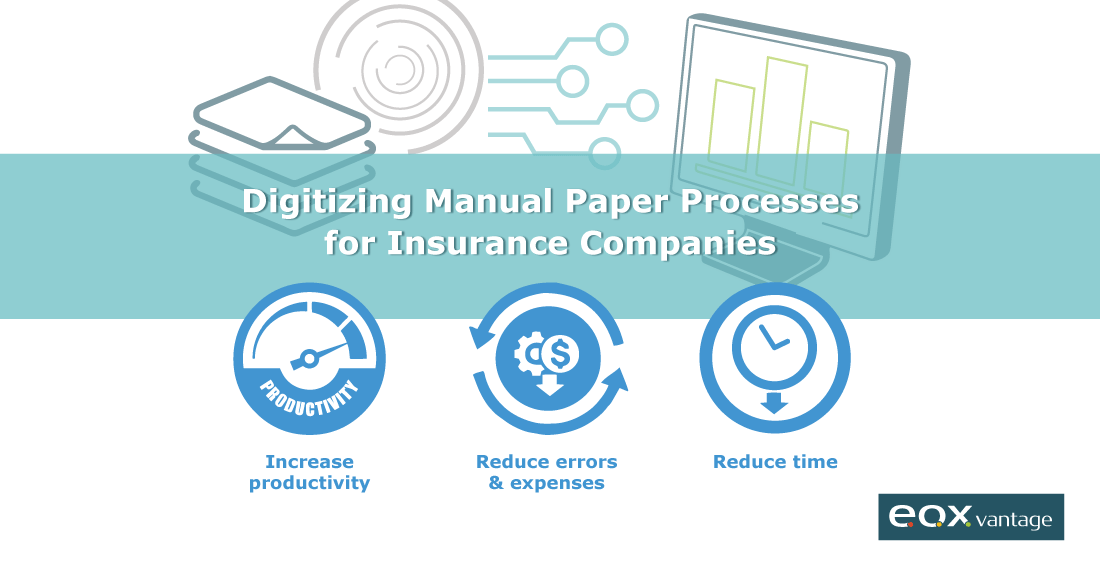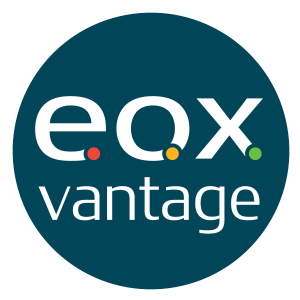Published in CHART Exchange | April 2020 issue
Author: Harsha Chaturvedi
Digital transformation and disruptive technologies continue to impact the insurance industry. Until just recently, the everyday tasks of the business primarily ran on manual-input processes. Now the industry is increasingly going paperless and embracing digital transmission for its distribution networks.

Are you following suit with your own practices? If not, you might want to come up with a plan to pursue the efficiency opportunities afforded by digitization. The already slim margins of the industry will start to make the market more and more difficult to navigate for those who ignore the advantages of going digital.
Many smart folks out there are saying that the companies expected to have a leg up on "winning" the upcoming decade of the 2020s will be those that have a handle on providing a superior digital customer experience. Consumers in every industry are beginning to expect the same fast, easy and personalized digital user experience that they're getting in transactions delivered by market leaders from Amazon to Zappos. Insurance policy holders are no different!
You can start the journey by assessing and evaluating your current processes, defining objectives and goals, and then creating a roadmap to accomplishing each piece of your digitization puzzle. You might want to begin by brainstorming the obvious processes that are time-consuming pain points for both customers and staff.
At the simplest level, it's possible to save much time and effort by digitizing paper processes such as preparing underwriter submissions, processing claims ... any number of workflows can be automated to boost an organization's efficiency and improve client interaction. Identify any practice that's accomplished mainly by hand, for example PDF forms that need to be printed, filled in, scanned and sent by the customer, and then received and inputted by your organization.
It's relatively easy to replace all these steps with a web form, allowing for online entry, submission and receipt. With the time saved, staff can transition to doing other, more important (and profitable!) tasks than routine bookkeeping and data entry required by paper-based functions.

You will also find you're cutting down on issues brought on by messy, error-prone transcriptions that are inevitable when paper data must be manually typed into spreadsheets and other formats. Plus, digitization ensures that each step in the process is recorded for trackability. Data inputs deposited along the way of the insurance lifecycle ensure the creation of more visible, actionable and valuable data. In fact, such data unlocks near-limitless avenues for improvement. Once automation and digitization are in place, the stage is set to end the problem of data locked in silos without the capability to be integrated, shared or even seen between departments.
A basic tenet of data science that's critical for business leaders to understand is that the more data is visible, accessible and shareable, the more value it possesses. It should be obvious, but often we're too close to our own situation to see the big picture and how one group's data can benefit the entire organization. That's where C-level execs and other leaders come in. They're supposed to be in position to assess the entire business, but without actionable real-time data from across the enterprise supplied by digitized processes, such a target is usually difficult to achieve, and in most cases impossible.
With timely and accurate data compiled from the whole organization, its leaders will be able to address crucial questions such as: Where is information missing, and how can the gap be filled? Which processes and actions take up the most time, and how can they be shortened? What can we do to smooth out employee productivity if there are many peaks and valleys? As well as countless others!
How is enterprise-wide data best collected and displayed? One of the prime resources to gather such operational intelligence is by using actionable dashboards like the ones offered by the Enterprise Operating System from EOX Vantage. Such a tool brings together real-time data from across the entity, via each department and over the length of the entire insurance lifecycle, into one space to help executives spot trends, analyze holistically and provide insights into the business. Decision-making becomes better informed as a result, while leaders gain more time to devote to strategizing and innovating for their organization.
Again, it all starts with assessing your current needs and making a roadmap. Then, you can move on to choose the appropriate tools and technologies, get buy-in from leaders and have them set up their people for success with these changes. Good luck with your transformation efforts - once you start to realize the benefits, you will be glad you did!



